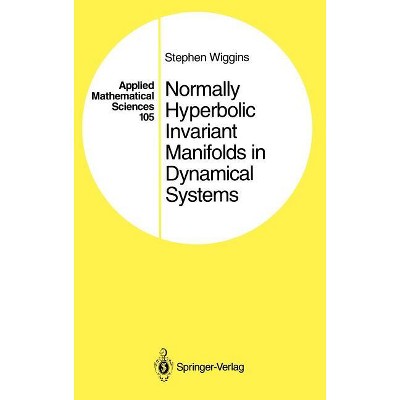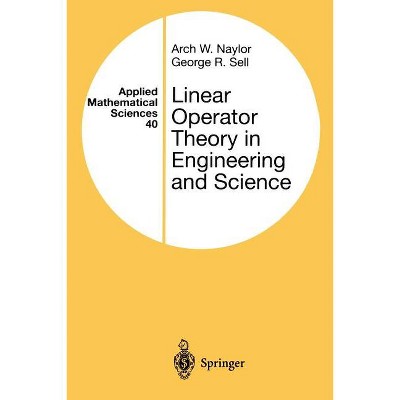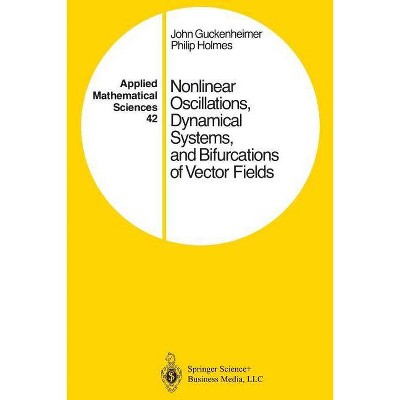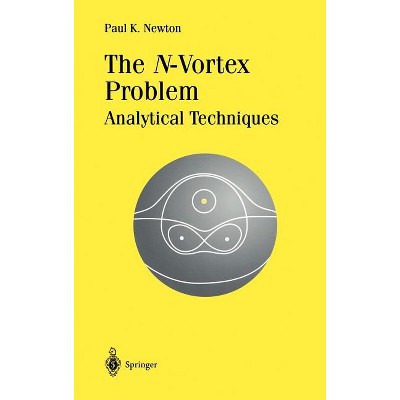An Introduction to Bayesian Scientific Computing - (Surveys and Tutorials in the Applied Mathematical Sciences) by Daniela Calvetti & E Somersalo

About this item
Highlights
- A combination of the concepts subjective - or Bayesian - statistics and scientific computing, the book provides an integrated view across numerical linear algebra and computational statistics.
- Author(s): Daniela Calvetti & E Somersalo
- 202 Pages
- Mathematics, Applied
- Series Name: Surveys and Tutorials in the Applied Mathematical Sciences
Description
About the Book
This book has been written for undergraduate and graduate students in various disciplines of mathematics. The authors have developed a superior teaching and learning tool that makes it easy for readers to grasp new concepts and apply them in practice.
Book Synopsis
A combination of the concepts subjective - or Bayesian - statistics and scientific computing, the book provides an integrated view across numerical linear algebra and computational statistics. This book has been written for undergraduate and graduate students in various areas of mathematics and its applications. It is for students who are willing to get acquainted with Bayesian approach to computational science but not necessarily to go through the full immersion into the statistical analysis. It has also been written for researchers working in areas where mathematical and statistical modeling are of central importance, such as biology and engineering. This book, written by internationally known authors, is intended as an easily accessible read for those who need numerical and statistical methods in applied sciences.
From the Back Cover
A combination of the concepts subjective - or Bayesian - statistics and scientific computing, the book provides an integrated view across numerical linear algebra and computational statistics. Inverse problems act as the bridge between these two fields where the goal is to estimate an unknown parameter that is not directly observable by using measured data and a mathematical model linking the observed and the unknown.
Inverse problems are closely related to statistical inference problems, where the observations are used to infer on an underlying probability distribution. This connection between statistical inference and inverse problems is a central topic of the book. Inverse problems are typically ill-posed: small uncertainties in data may propagate in huge uncertainties in the estimates of the unknowns. To cope with such problems, efficient regularization techniques are developed in the framework of numerical analysis. The counterpart of regularization in the framework of statistical inference is the use prior information. This observation opens the door to a fruitful interplay between statistics and numerical analysis: the statistical framework provides a rich source of methods that can be used to improve the quality of solutions in numerical analysis, and vice versa, the efficient numerical methods bring computational efficiency to the statistical inference problems.
This book is intended as an easily accessible reader for those who need numerical and statistical methods in applied sciences.
Review Quotes
From the reviews:
"This witty, erudite, and surprisingly practical book is made up of ten chapters. ... A central topic of the book is the relationship between statistical inference and the inverse problems that define Bayesian (subjective) statistics. ... This excellent book will be valuable to scientists of various stripes, statisticians, numerical analysts, those who work in image processing, and those who implement Bayesian belief nets." (George Hacken, ACM Computing Reviews, Vol. 49 (11), November, 2008)
"Introduction to Bayesian Scientific Computing is a 200-page, easily accessible, pleasant introduction fusing Bayesian approaches with numerical linear algebra methods for inverse problems ... . What I like most about this book is the apparent enthusiasm of the authors and their genuine interest in explaining rather than showing off. This enthusiasm is contagious, and the result is very readable." (Uri Ascher, The Mathematical Intelligencer, Vol. 31 (1), 2009)











